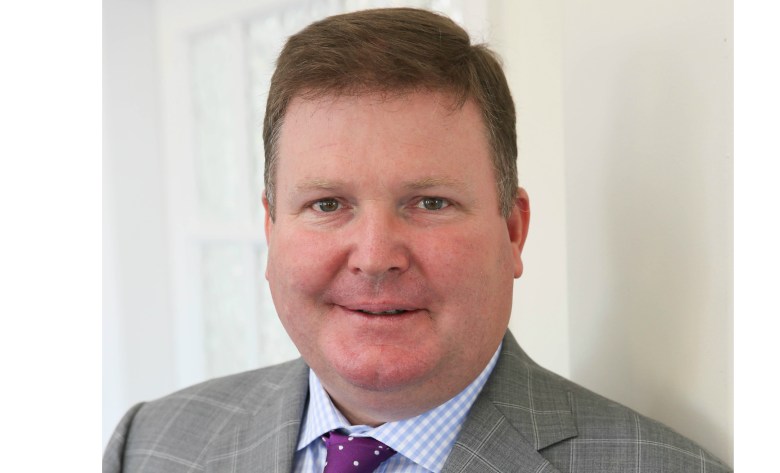
The PIAA operated at a loss of $785,000 for 2018, an improvement from its previous year’s loss of $1.4m, though without the factor of property revaluations.
Discounting the property revaluations, the organisation ran at a loss of $831,000 in 2017.
Revenue has fallen from $2.26m in 2017 to $1.27m for 2018, with the association undertaking cost-cutting and efficiency measures to improve the overall performance with less revenue to work with.
In 2016, the print association operated at a loss of $1.2m, with 2015 being the last year it was profitable, making $386,000. The organisation made $1m that year from the sale of assets – mainly its Auburn national headquarters – helping to balance its books.
It now has 762 members, an increase from 2017, in which it had 621 members, 139 of which were non-financial. The increase follows a period in which its membership fell from 1066 to 621 in 12 months.
The 2018 report does not mention the amount of non-financial members.
Despite the increase in membership numbers, the revenue gained from membership subscriptions has decreased, from $1.3m to $1.05m.
Speaking to Andrew Macaulay, CEO, PIAA, he says, “We have brought in a lot more franchises, and smaller members, who need our services. The membership is paid on the number of employees.”
The strategy is deliberate, explains Macaulay, who points to small businesses as the lifeblood of the industry.
He says, “The majority of the printing industry is small printers, that is what makes the industry more vibrant. The PIAA provides the most comprehensive industrial relations service. There are a lot of issues in our industry in the IR space. Small businesses need services, and the membership gives you 100 per cent coverage.”
The wage bill of the organisation has been cut, with its employees also minimised from seven full time staff, to five as of December 31. While employee expenses totalled $1.9m in 2017, that figure was cut to just above $1m in 2018. Throughout 2016, the organisation had 16 staff, with a wage bill of $2.2m.
Macaulay says, “We have absorbed the last of the non-operational costs, and are tracking towards break-even, which is exactly where we want to be.
“We are forecasting, based on a number of initiatives in place, to be there this year.”
The PIAA still holds a total of $6.89m in assets, a decrease from the 2017 position of $7.7m.
Cash-flow has improved, with the disposal of held to maturity assets coming in at $1.07m, from the 2017 figure of $522,000, while as of December 31, the organisation had $370,700 in cash and cash equivalents, up from $216,300 in the pcp.
Macaulay also discussed this years AGM, in which members congregated in satellite venues in Melbourne, Perth, Sydney, and Brisbane.
“We talked about the future, and what people wanted in the industry and association. The big things remain the same; energy is a significant issue, industrial relations, and the impact of taxes on small businesses,” the PIAA CEO explained.
Comment below to have your say on this story.
If you have a news story or tip-off, get in touch at editorial@sprinter.com.au.
Sign up to the Sprinter newsletter
